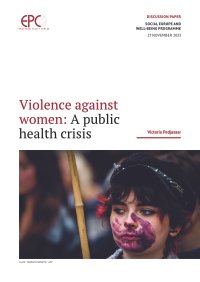By Human Rights Watch
During the 1994 Rwandan genocide, sexual violence was rampant, with thousands of women being raped, mutilated, or forced into sexual slavery by militia, soldiers, and civilians[. The violence was primarily directed at Tutsi women due to their ethnicity and gender, often following the torture and killing of their relatives. Survivors face severe social stigma, health issues, and poverty. Many women are now heads of households, dealing with the aftermath of the genocide. International Response Efforts include support for judicial training, victim protection, and financial aid, but challenges remain in effectively addressing gender-based crimes and supporting survivors.
Human Rights Watch New York· Washington· London· Brussels. 1996. 109p.






